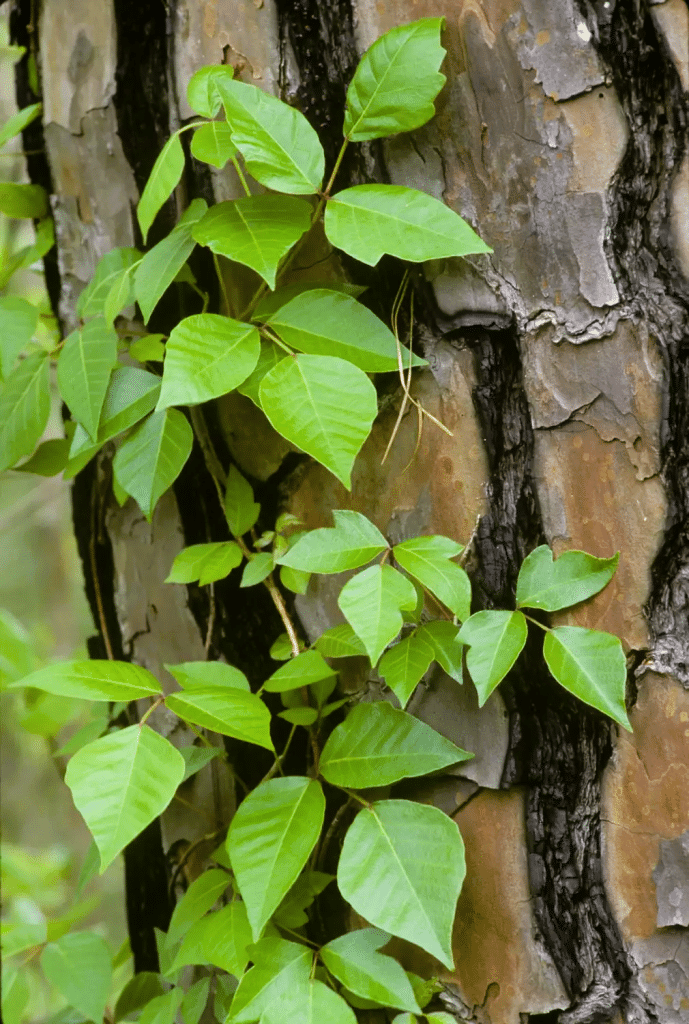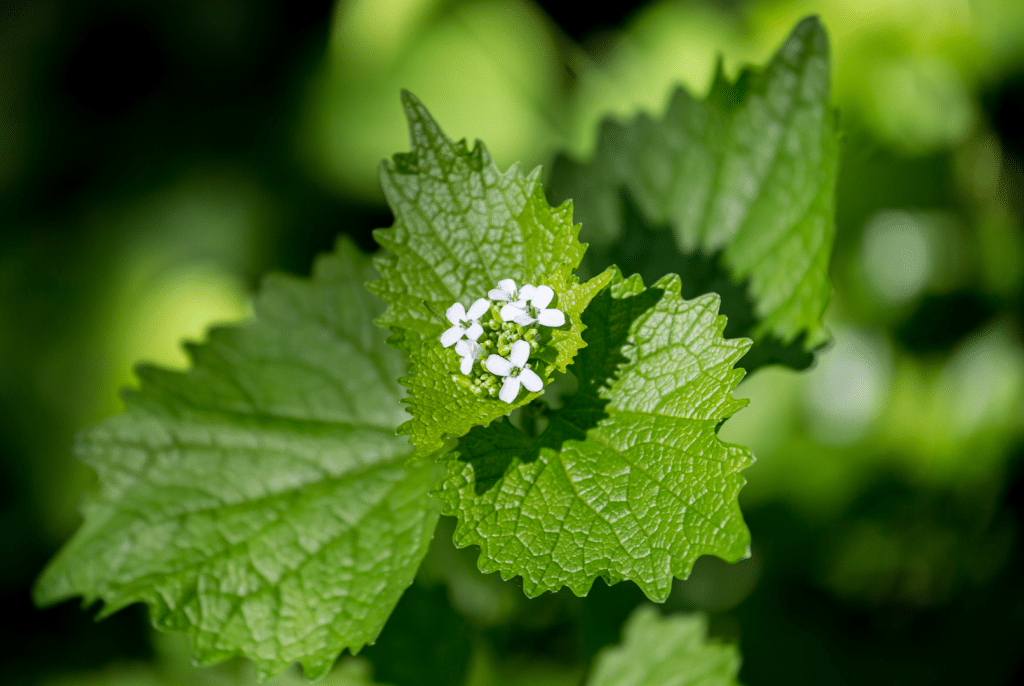
Poison Ivy & Invasive Plant Control
Poison Ivy
Poison ivy is a plant found in many suburban and urban areas, including parks, yards, open lots, wooded areas, and wetlands. It has compound leaves that consist of three individual leaflets. Poison ivy can grow anywhere but tends to grow at the edge of pathways, roads, parking lots, and fields where vegetation has been disturbed.
You can be exposed to poison ivy by touching any part of the plant (leaves, roots, stems, berries) or anything that has come in contact with the plant that may have the oily resin on it—for example, gardening equipment and tools, toys, pets, clothing, shoes, etc. Allergic response to contact can vary from person to person.
The symptoms of an allergic reaction to skin contact can include rash, burning sensation, itching, and blistering. If you suspect that you came into contact with poison ivy, wash the exposed areas of your skin immediately before the allergic reaction can occur. Removing the oil will prevent it from spreading to other parts of the body or other people or objects.
We provide targeted treatments to effectively control and prevent further spread of poison ivy in your area.
Invasive Plants
An invasive plant is a name for a species that has become a weed pest, a plant that grows aggressively, spreads, and displaces other plants. Invasive plants tend to appear on disturbed ground, where the native plant community has been displaced, and the most aggressive can invade existing ecosystems and managed landscapes.


They typically possess certain traits that give them an advantage over most native species. The most common traits include the production of many offspring, early and rapid development, adaptability, and high tolerance to many environmental conditions. These traits allow invasive species to be highly competitive and, in many cases, suppress native species.
Our control treatments target invasive plants when their densities are low and before they become problematic. Through effective monitoring, invasive plants are found while still small and easily controllable. This strategy gives the most immediate success and the most effective management.
